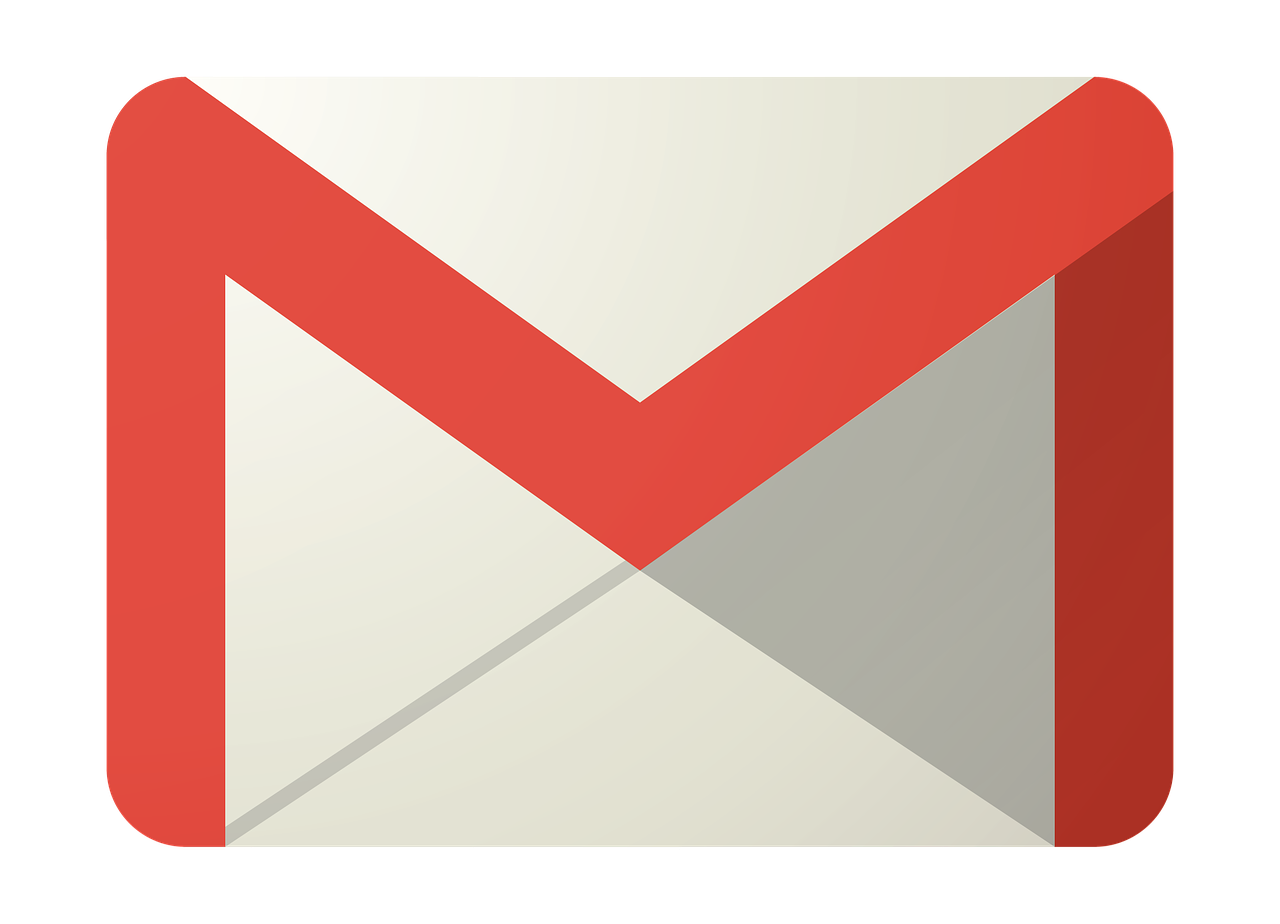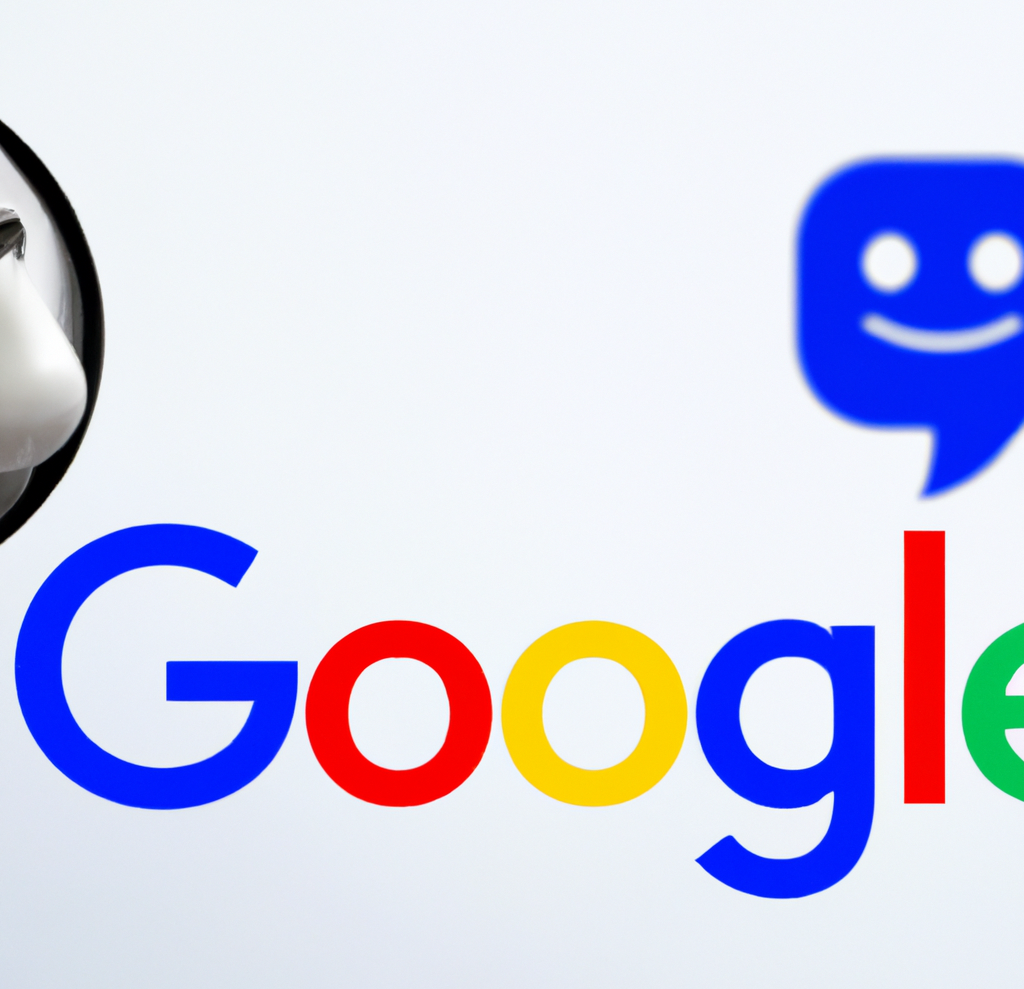Google Answers: Is this Cloaking?

Google’s John Mueller was asked if blocking Google from anti-ad block detection function would cause Google to see the page as cloaking. Mueller explains what cloaking is and why blocking Google from the ad blocker detection script isn’t cloaking.
Cloaking Violates Google’s Guidelines
Cloaking is an old trick where a web page shows different content depending if a site visitor is a search engine bot or a regular human user.
In the very old days adding keywords multiple times on a page could help that page rank better. That was called “keyword spamming.”
However the page looked really bad and untrustworthy and visitors were apt to back out of that page than to click an affiliate link and earn the site owner a referral fee.
So what spammers did was to show a page full of keywords to search engines in order to help it to rank.
But for human users the web page would show a nice and normal page that would convert better because it didn’t look spammy.
Google Search Central Guidelines provides these examples to help understand what is cloaking:
“Serving a page of HTML text to search engines, while showing a page of images to users
Inserting text or keywords into a page only when the user agent that’s requesting the page is a search engine, not a human visitor”
Could Ad Blocker Cause Cloaking?
The person asking the question said that they were thinking about adding an anti-ad blocker to their site. An anti-ad blocker blocks visitors with an blocker from seeing the content.
The goal is to train visitors to whitelist the website so that they can see the content and the advertisements.
This is the question:
“We have a site that is considering adding ad blocker detection to prevent users from accessing the site whenever the ad blocker is on.
The question here is, if we decide to exclude Googlebot from seeing the ad block detection, will we be flagged for cloaking in that situation?”
The situation described isn’t really about showing different content to users and Google.
It’s really about creating two sets of user/site visitor statuses (in addition to the administrator status of whoever runs the web page).
Visitors without ad blockers have higher privileges which make them entitled to read the content.
Visitors who have ad blockers enabled have less privileges which deprives them of the opportunity to read the content.
This is how John Mueller answered if the situation amounted to cloaking:
“Probably not. I think in general that would be fine.
I would kind of see that as a way of recognizing that Googlebot doesn’t actually have an ad blocker installed.
So it’s kind of a unique setup that Googlebot has with regards to rendering pages and I think that would kind of be okay.”
Mueller didn’t see this as showing different content to humans and Googlebot. He saw it as Google doesn’t have an ad blocker so that makes it entitled to see the content.
John followed up by explaining more about cloaking:
“In regards to cloaking, the cloaking team mostly tries to watch out for situations where you’re really showing something different to users as to Googlebot.
And with regards to.. ad blocking or …other kind of things where it’s like you have to be logged in to actually see the content and that’s kind of different.”
Mueller moved on to note that he’s not a fan of “anti-ad blocking setups” but acknowledged that if a site needs to do it then that’s an “appropriate approach.”
The person asking the question next asked if serving Google an ad-blocking overlay on top of the content would create indexing problems.
Mueller:
“If it’s an HTML overlay on top of the existing page then I don’t see that as being problematic because we would still see the actual content in the HTML, kind of, behind that.
That’s similar to like if you have …a cookie banner or a cookie interstitial that you’re essentially showing just an HTML div on top of the page.
From our point of view if we can still index the actual content from the page then that’s fine.”
Cloaking and Google
Cloaking is a very specific thing with a definite intent to deceive Google and site visitors for the purpose of achieving better search engine rankings.
Showing different content based on what a site visitor is entitled to see based on their status or user privilege is something else entirely.
News organizations routinely distinguish between a paid visitor and a non-subscribed visitor, creating two classes of site visitors.
Forum software does something similar as well like not allowing search engines (and unregistered site visitors) to view user profiles.
In both of those cases it’s about creating different site visitor classes and showing different things based on how they’re categorized.
Cloaking is showing unique content to search engines for ranking purposes, something completely different.
Citation
Watch the Google SEO office-hours hangout, segment located at the 19:46 minute spot.
AI
Exploring the Evolution of Language Translation: A Comparative Analysis of AI Chatbots and Google Translate

According to an article on PCMag, while Google Translate makes translating sentences into over 100 languages easy, regular users acknowledge that there’s still room for improvement.
In theory, large language models (LLMs) such as ChatGPT are expected to bring about a new era in language translation. These models consume vast amounts of text-based training data and real-time feedback from users worldwide, enabling them to quickly learn to generate coherent, human-like sentences in a wide range of languages.
However, despite the anticipation that ChatGPT would revolutionize translation, previous experiences have shown that such expectations are often inaccurate, posing challenges for translation accuracy. To put these claims to the test, PCMag conducted a blind test, asking fluent speakers of eight non-English languages to evaluate the translation results from various AI services.
The test compared ChatGPT (both the free and paid versions) to Google Translate, as well as to other competing chatbots such as Microsoft Copilot and Google Gemini. The evaluation involved comparing the translation quality for two test paragraphs across different languages, including Polish, French, Korean, Spanish, Arabic, Tagalog, and Amharic.
In the first test conducted in June 2023, participants consistently favored AI chatbots over Google Translate. ChatGPT, Google Bard (now Gemini), and Microsoft Bing outperformed Google Translate, with ChatGPT receiving the highest praise. ChatGPT demonstrated superior performance in converting colloquialisms, while Google Translate often provided literal translations that lacked cultural nuance.
For instance, ChatGPT accurately translated colloquial expressions like “blow off steam,” whereas Google Translate produced more literal translations that failed to resonate across cultures. Participants appreciated ChatGPT’s ability to maintain consistent levels of formality and its consideration of gender options in translations.
The success of AI chatbots like ChatGPT can be attributed to reinforcement learning with human feedback (RLHF), which allows these models to learn from human preferences and produce culturally appropriate translations, particularly for non-native speakers. However, it’s essential to note that while AI chatbots outperformed Google Translate, they still had limitations and occasional inaccuracies.
In a subsequent test, PCMag evaluated different versions of ChatGPT, including the free and paid versions, as well as language-specific AI agents from OpenAI’s GPTStore. The paid version of ChatGPT, known as ChatGPT Plus, consistently delivered the best translations across various languages. However, Google Translate also showed improvement, performing surprisingly well compared to previous tests.
Overall, while ChatGPT Plus emerged as the preferred choice for translation, Google Translate demonstrated notable improvement, challenging the notion that AI chatbots are always superior to traditional translation tools.
Source: https://www.pcmag.com/articles/google-translate-vs-chatgpt-which-is-the-best-language-translator
Google Implements Stricter Guidelines for Mass Email Senders to Gmail Users

Beginning in April, Gmail senders bombarding users with unwanted mass emails will encounter a surge in message rejections unless they comply with the freshly minted Gmail email sender protocols, Google cautions.
Fresh Guidelines for Dispatching Mass Emails to Gmail Inboxes In an elucidative piece featured on Forbes, it was highlighted that novel regulations are being ushered in to shield Gmail users from the deluge of unsolicited mass emails. Initially, there were reports surfacing about certain marketers receiving error notifications pertaining to messages dispatched to Gmail accounts. Nonetheless, a Google representative clarified that these specific errors, denoted as 550-5.7.56, weren’t novel but rather stemmed from existing authentication prerequisites.
Moreover, Google has verified that commencing from April, they will initiate “the rejection of a portion of non-compliant email traffic, progressively escalating the rejection rate over time.” Google elaborates that, for instance, if 75% of the traffic adheres to the new email sender authentication criteria, then a portion of the remaining non-conforming 25% will face rejection. The exact proportion remains undisclosed. Google does assert that the implementation of the new regulations will be executed in a “step-by-step fashion.”
This cautious and methodical strategy seems to have already kicked off, with transient errors affecting a “fraction of their non-compliant email traffic” coming into play this month. Additionally, Google stipulates that bulk senders will be granted until June 1 to integrate “one-click unsubscribe” in all commercial or promotional correspondence.
Exclusively Personal Gmail Accounts Subject to Rejection These alterations exclusively affect bulk emails dispatched to personal Gmail accounts. Entities sending out mass emails, specifically those transmitting a minimum of 5,000 messages daily to Gmail accounts, will be mandated to authenticate outgoing emails and “refrain from dispatching unsolicited emails.” The 5,000 message threshold is tabulated based on emails transmitted from the same principal domain, irrespective of the employment of subdomains. Once the threshold is met, the domain is categorized as a permanent bulk sender.
These guidelines do not extend to communications directed at Google Workspace accounts, although all senders, including those utilizing Google Workspace, are required to adhere to the updated criteria.
Augmented Security and Enhanced Oversight for Gmail Users A Google spokesperson emphasized that these requisites are being rolled out to “fortify sender-side security and augment user control over inbox contents even further.” For the recipient, this translates to heightened trust in the authenticity of the email sender, thus mitigating the risk of falling prey to phishing attempts, a tactic frequently exploited by malevolent entities capitalizing on authentication vulnerabilities. “If anything,” the spokesperson concludes, “meeting these stipulations should facilitate senders in reaching their intended recipients more efficiently, with reduced risks of spoofing and hijacking by malicious actors.”
Google’s Next-Gen AI Chatbot, Gemini, Faces Delays: What to Expect When It Finally Launches

In an unexpected turn of events, Google has chosen to postpone the much-anticipated debut of its revolutionary generative AI model, Gemini. Initially poised to make waves this week, the unveiling has now been rescheduled for early next year, specifically in January.
Gemini is set to redefine the landscape of conversational AI, representing Google’s most potent endeavor in this domain to date. Positioned as a multimodal AI chatbot, Gemini boasts the capability to process diverse data types. This includes a unique proficiency in comprehending and generating text, images, and various content formats, even going so far as to create an entire website based on a combination of sketches and written descriptions.
Originally, Google had planned an elaborate series of launch events spanning California, New York, and Washington. Regrettably, these events have been canceled due to concerns about Gemini’s responsiveness to non-English prompts. According to anonymous sources cited by The Information, Google’s Chief Executive, Sundar Pichai, personally decided to postpone the launch, acknowledging the importance of global support as a key feature of Gemini’s capabilities.
Gemini is expected to surpass the renowned ChatGPT, powered by OpenAI’s GPT-4 model, and preliminary private tests have shown promising results. Fueled by significantly enhanced computing power, Gemini has outperformed GPT-4, particularly in FLOPS (Floating Point Operations Per Second), owing to its access to a multitude of high-end AI accelerators through the Google Cloud platform.
SemiAnalysis, a research firm affiliated with Substack Inc., expressed in an August blog post that Gemini appears poised to “blow OpenAI’s model out of the water.” The extensive compute power at Google’s disposal has evidently contributed to Gemini’s superior performance.
Google’s Vice President and Manager of Bard and Google Assistant, Sissie Hsiao, offered insights into Gemini’s capabilities, citing examples like generating novel images in response to specific requests, such as illustrating the steps to ice a three-layer cake.
While Google’s current generative AI offering, Bard, has showcased noteworthy accomplishments, it has struggled to achieve the same level of consumer awareness as ChatGPT. Gemini, with its unparalleled capabilities, is expected to be a game-changer, demonstrating impressive multimodal functionalities never seen before.
During the initial announcement at Google’s I/O developer conference in May, the company emphasized Gemini’s multimodal prowess and its developer-friendly nature. An application programming interface (API) is under development, allowing developers to seamlessly integrate Gemini into third-party applications.
As the world awaits the delayed unveiling of Gemini, the stakes are high, with Google aiming to revolutionize the AI landscape and solidify its position as a leader in generative artificial intelligence. The postponed launch only adds to the anticipation surrounding Gemini’s eventual debut in the coming year.
-

 SEO7 days ago
SEO7 days agoGoogle Limits News Links In California Over Proposed ‘Link Tax’ Law
-

 SEARCHENGINES6 days ago
SEARCHENGINES6 days agoGoogle Core Update Volatility, Helpful Content Update Gone, Dangerous Google Search Results & Google Ads Confusion
-
SEARCHENGINES7 days ago
Daily Search Forum Recap: April 12, 2024
-

 SEO6 days ago
SEO6 days ago10 Paid Search & PPC Planning Best Practices
-

 MARKETING6 days ago
MARKETING6 days ago2 Ways to Take Back the Power in Your Business: Part 2
-

 MARKETING5 days ago
MARKETING5 days ago5 Psychological Tactics to Write Better Emails
-

 SEARCHENGINES5 days ago
SEARCHENGINES5 days agoWeekend Google Core Ranking Volatility
-

 PPC6 days ago
PPC6 days agoCritical Display Error in Brand Safety Metrics On Twitter/X Corrected















You must be logged in to post a comment Login